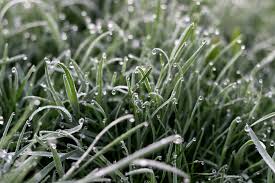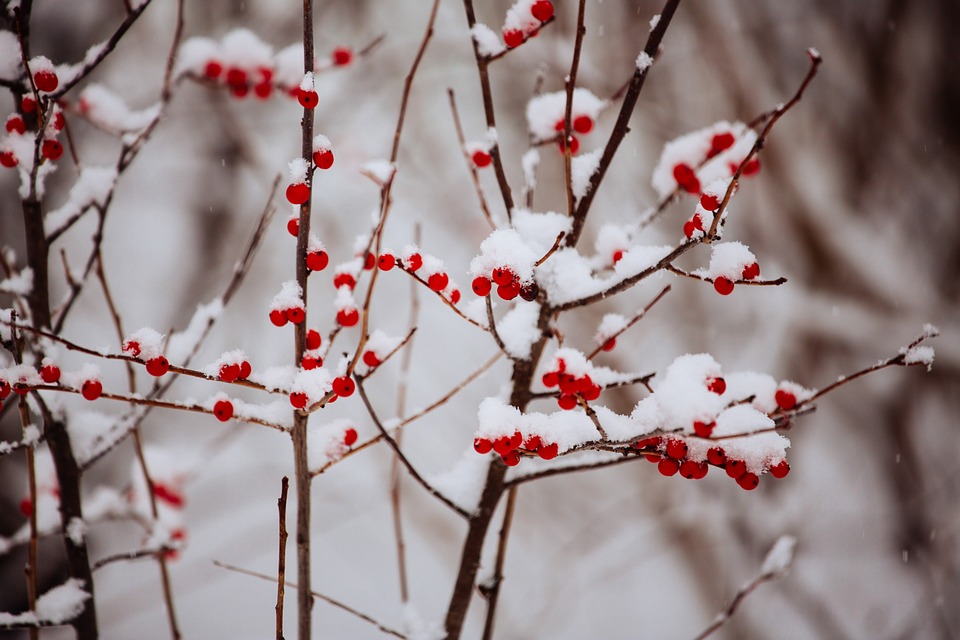Grass Varieties
 Are you looking for a new lawn? Whether you decide on seed or sod, there are a few things to consider when choosing which type of grass. You should consider the part of the country that you live in. The climate and amount of rainfall you receive in your area will affect what type of grass would be ideal for your lawn. Some grass types require high amounts of rainfall, while others can handle drier climates. Some grass also requires a lot of maintenance, while some are lower maintenance. Also, do not forget about sunlight, some grasses need full exposure to sunlight, while others can thrive in the shade.
Are you looking for a new lawn? Whether you decide on seed or sod, there are a few things to consider when choosing which type of grass. You should consider the part of the country that you live in. The climate and amount of rainfall you receive in your area will affect what type of grass would be ideal for your lawn. Some grass types require high amounts of rainfall, while others can handle drier climates. Some grass also requires a lot of maintenance, while some are lower maintenance. Also, do not forget about sunlight, some grasses need full exposure to sunlight, while others can thrive in the shade.
Grass can be classified under three categories, warm weather, cool weather, and transition zone grasses. Most warm weather grasses turn brown during the cooler seasons. They are native to tropical regions and flourish even during months of scorching heat. Draught tolerance is seen in some grasses of this type. Cool weather grasses thrive in areas with cold winters and hot summers. Transition zone grasses is an area where some warm season grasses do well due to hot, dry summers and some cool weather grasses do well because of cold winters.

 How do you add texture, color, and beauty to your yard during the winter? With careful planning during spring, summer, and fall and adding a few easy accents during winter, can lead to a beautiful landscape during the winter season.
How do you add texture, color, and beauty to your yard during the winter? With careful planning during spring, summer, and fall and adding a few easy accents during winter, can lead to a beautiful landscape during the winter season.
What is the difference between hardscaping and softscaping?
Hardscape and softscape are two distinct forms of landscaping. Both are equally important in terms of property beautification, and finding the right balance between the two is the key to a stunning yard.
Hardscape:
This refers to all hard landscaping elements, such as brick, stone, slate, concrete, flagstone, and terrazzo materials. These are all used to construct retaining walls, patios, walkways, decks, stairs, water features, and outdoor fire pits, among other things. Hardscape landscaping is put into place to create boundaries, direct rainwater flow, and provide space for grilling and other activities.
Softscape:
This refers to the incorporation of the “living” part of a landscape. This includes trees, shrubs, flowers, plants, vines, hedges, and turf. These can be less permanent than hardscape. Softscaping can frequently change when you add a new plant or remove dead trees. Softscape elements are often arranged in conjunction with hardscape designs.